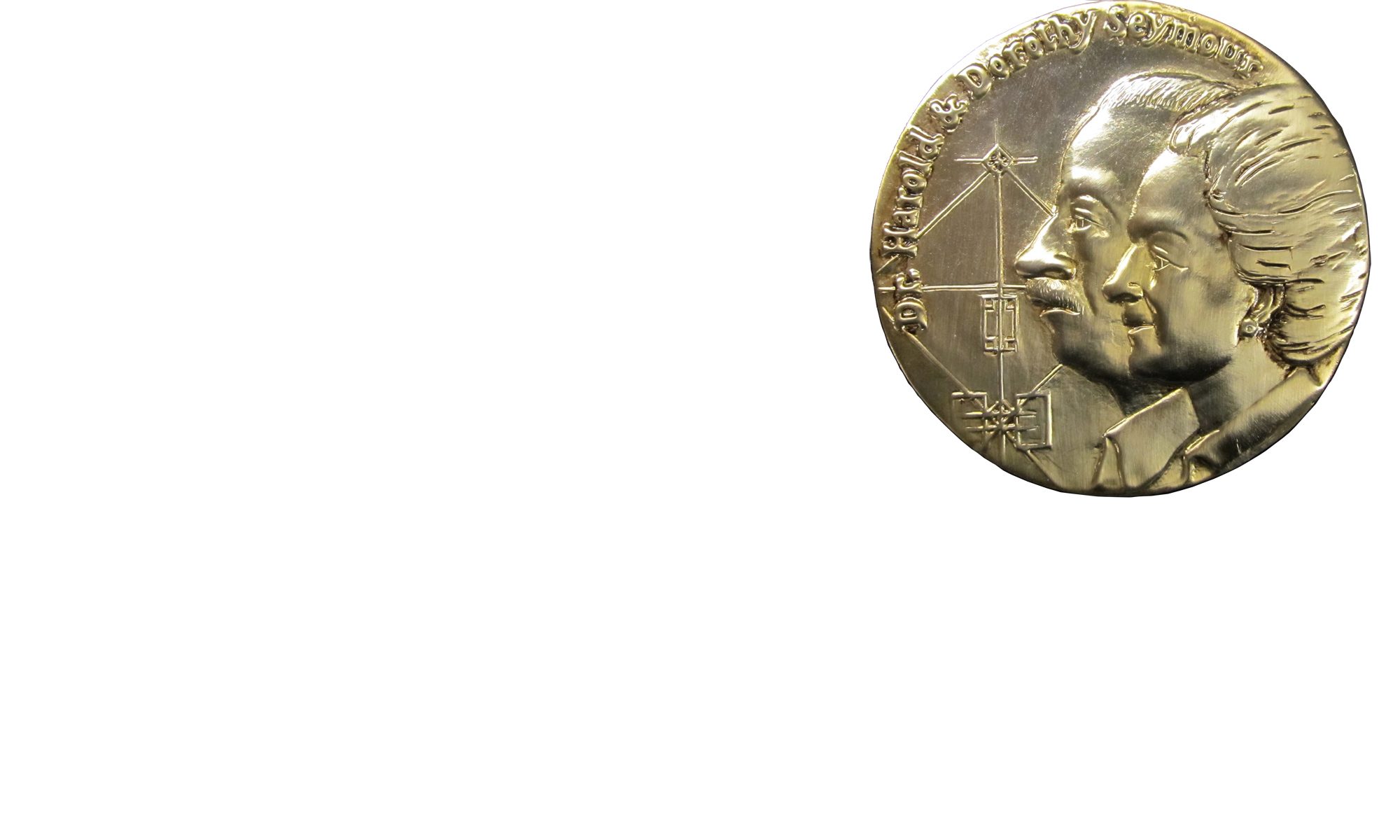by Herbert Johnson
In the late twenties my family lived right on the edge of the historic Parade Grounds. I must have been about eight or nine when I found myself utterly fascinated with the top team of those days, the Argyles.
With my father I had already attended many games at Ebbets Field. But there the players remained distant; I couldn’t see their faces or hear any remarks they made. Although the action was stimulating and the noisy fans made it all exciting, I felt that the players were miles away from me. In contrast, at the Parade Grounds I was able not only to see the faces of the players but even talk to them.
In the twenties the Argyles began practice at about 1:15 P.M. Sunday afternoons on Diamond # 1, the diamond reserved for the best teams. I arrived about one o’clock, and there they were, close to me, in their sparkling white uniforms with “Argyles” emblazoned in bright blue across their jerseys! I could see and speak to any player I wanted. How wonderful it was to watch the practice sessions, in which they exhibited their skills and techniques during infield and outfield drills, all magnificently performed.
At about 1:15 the opposing team arrived. The Argyles’ great competition, a team from Maplewood, New Jersey, came to the Parade Grounds twice a year and drew at least 2,000 fans, sometimes as many of 3,000, who encircled the entire field. They paid no admission. The players contributed their own money to the club fund to cover expenses; in other words, they PAID to play ball and were delighted to do so. They did, however, play for money—money they collected among themselves, maybe $50.00 a game. But the Maplewood game always raised the stake to $150.00.
Remember, this was the mid-twenties to early thirties, when family breadwinners, depending on where they lived, were bringing in $20.00 to $30.00 a week.
I watched the Argyles for seven or eight years, and by the time I was fifteen I was myself playing on a Parade Grounds team—one of lower standing, but I had learned my baseball fundamentals at Diamond #1, eagle-eyeing the Argyles.
In the twenties and thirties the Parade Grounds encompassed 21 ball diamonds, along with an administration building containing lockers and shower rooms. How did teams get to play on these beautiful diamonds? They applied for a permit, which cost a dollar. Every team had to be uniformed. Its manager decided which classification his team fit into. The less-talented teams played mornings from 10:00 to noon. Top teams, like the Argyles, played from 1:00 to 3:00 and 3:00 to 5:00. The next-level teams, like the Marlboros and the Pontiac Arrows, played on Diamond # 2. My team, the Centrals, played in Class 4, the next-to-last group.
Amateur and semipro ball on the Parade Grounds was segregated sport. The “colored teams,” as we called them in that area, had permits to play from 7:00 A.M. to 9:30 and 5:30 P.M. to nightfall any day of the week.
Twilight ball was quite popular, with seven-inning games beginning at 6:00 P.M. from May through September. Industrial teams played twilight games: The Brooklyn Union Garage Company (called, of course, the BUGS) played at least twice a week, May through August—about 35 games a year.
Our local newspaper, The Brooklyn Daily Eagle, covered Parade Grounds games, even presenting box scores and a few lines about the highlights of the more important games.
Umpires were available, for fees that depended on the teams’ classification. Umps for Diamonds # 1 and 2 could get as much as $3.00 to $5.00 a game—rent money, in those days of no inflation and high employment. One of the better umpires on Diamond # 1 was a mute. He used a powerful whistle to call the game: one blow on the whistle meant “foul,” two meant “fair.” He could hear but not speak, and he tossed out many argumentative players with arm and thumb signals. He was colorful to watch!
As many as 140 teams were registered at once at the Parade Grounds. They included elementary school-age boys.
My romance with the Parade Grounds began about 1925 and ended in 1935, when we moved to the Bronx. About that time Harold Seymour’s team, the Crestons, was dominating the play. Harold formed several leagues, instituting better balance, stricter rules and regulations, and improved conditions of play. The Crestons led the league in wins and honors throughout the thirties and right up to wartime in the forties.
One of Harold Seymour’s players was Bill Lohrman, born in Brooklyn in 1912. Bill pitched outstandingly for the Crestons from 1929 through 1932. In 1934 he came up with the Philadelphia Phillies for part of the season. After a couple of years in the minors he reappeared with the Giants and then played as well with the Cardinals, Dodgers, and Cincinnati Reds. Over a nine-year period he compiled a lifetime pitching record of 60-59.
Other well-known players got their start on the Parade Grounds. Waite Hoyt and Cy Block did. Hundreds of ball players were recruited there for better-paid semipro and minor-league ball.
For me, the Parade Grounds evoke many magical moments of years gone by. For a boy who grew up in a city of steel, asphalt, and concrete, the Parade Grounds offered a different world, one I can remember with great pleasure.

